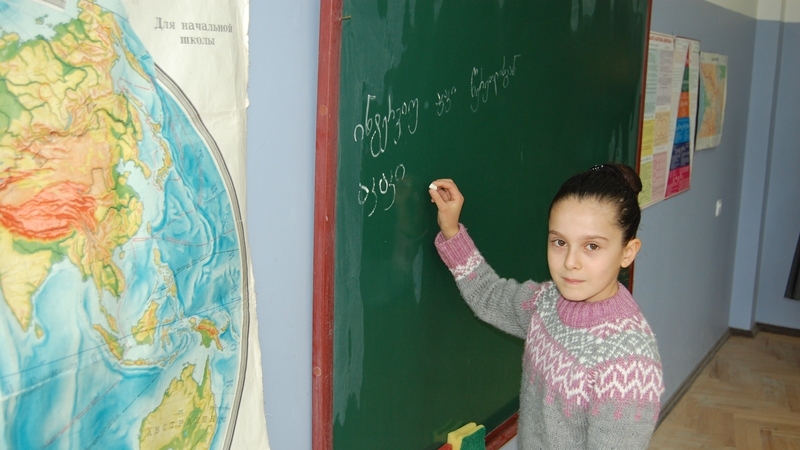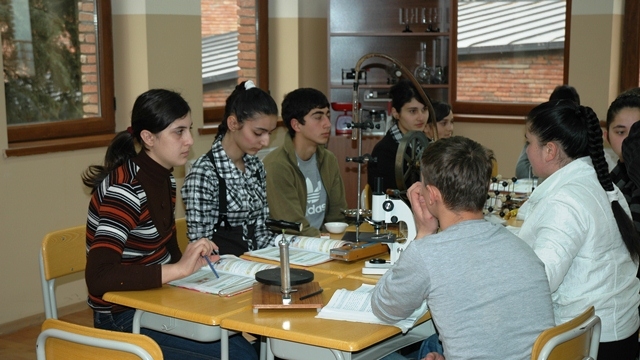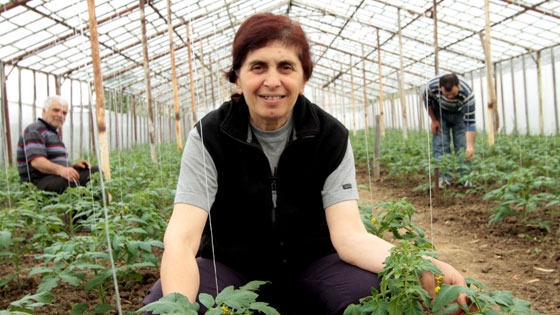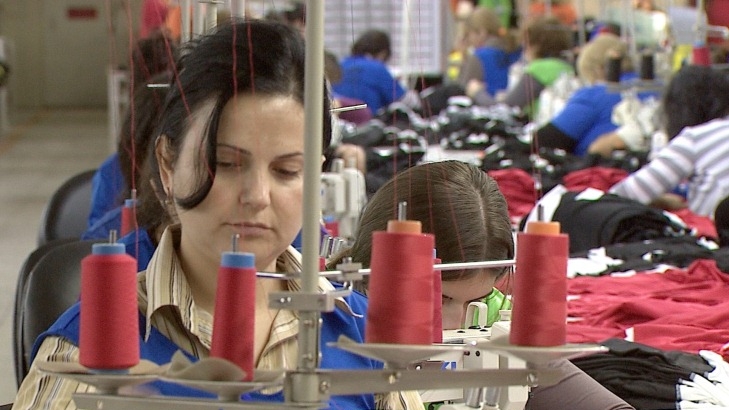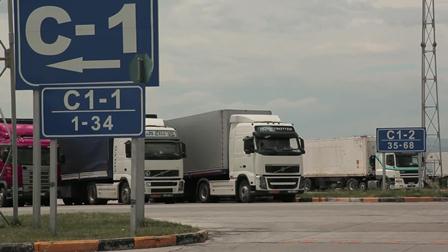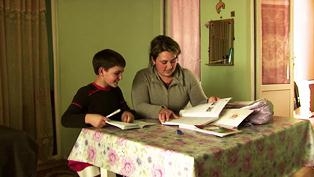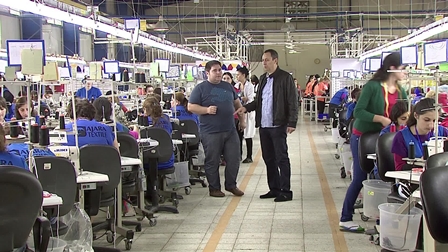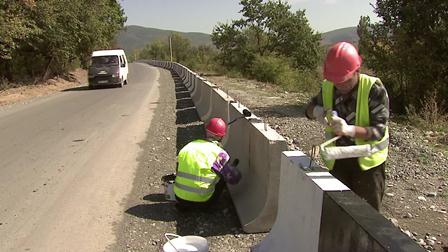Bank Group Contribution
The above results were supported by the Bank’s financing envelope of US$823 million (of which US$414 million was from IDA funding). IFC provided US$251 million of direct financing and mobilized an additional US$36 million. MIGA provided guarantees with a net exposure of US$22.5 million. Bank funding was channeled to maximize comparative advantage, technical knowledge, and complementarities. The selectivity in the Bank’s program strengthened the effectiveness of public expenditure and administration through analytical and advisory (AAA) services and DPO policy reforms, together with targeting specific investments in infrastructure and regional development programs. This complemented IFC support, which focused on strengthening the financial system and supporting enterprises in agribusiness. More recently, the energy sector has become an area of concerted World Bank Group focus, which will be consolidated into the program going forward.
As of February 25, 2014, Georgia’s IDA/IBRD portfolio consisted of eight active investment projects, including one fully disbursed DPO, with total commitments of US$600 million (of which US$229.5 million is IDA). The undisbursed portfolio amounts to US$159 million (of which US$77.5 is IDA). Infrastructure is the main focus of the investment program, which also includes a relatively small Trust Fund portfolio of five recipient-executed Trust Funds amounting to US$10.6 million, mainly supporting sustainable wastewater management and institutional-capacity building in selected public institutions.
Partners
The Bank has played an active role in donor coordination, which has been particularly strong at the sector level and in the area of capacity building, as evidenced by the mobilization of Trust Funds. For example, the Regional and Municipal Infrastructure Development Project had a catalytic effect through its financing of the preparation of a National Strategy for Wastewater Management, which helped Georgia mobilize a US$10 million Swedish International Development Cooperation Agency (SIDA) grant to promote sustainable wastewater management and pilot the implementation of wastewater treatment plans. In the education sector, the World Bank provided technical support to the Millennium Challenge Corporation (MCC) during its preparation of a US$122 million education project, and the World Bank and MCC subsequently collaborated and jointly funded a tracer study on vocational education graduates in 2013. In the transport sector, the World Bank has taken the lead in convening annual donor meetings to exchange ideas and strengthen coordination on overall transport sector policy and road sector financing plans. In addition to the World Bank, key donors in the transport sector include the Asian Development Bank (ADB), the Japan International Cooperation Agency (JICA), and the European Investment Bank (EIB). The Bank closely coordinated with the International Monetary Fund (IMF) during the preparation and supervision of the DPOs and on analytical activities of common interest. IFC also made numerous co-investments alongside other partners such as the European Bank for Reconstruction and Development (EBRD), the German Investment Corporation (DEG), the (Dutch) Entrepreneurial Development Bank (FMO), and the Overseas Private Investment Corporation (OPIC).
Moving Forward
The key challenge facing Georgia is to implement an inclusive growth strategy with a deeper focus on job creation, gender equity, and poverty reduction. These objectives are fully aligned with the Government’s Socioeconomic Development Strategy and with the World Bank’s twin goals of promoting inclusion and private sector–led growth.
Georgia will graduate from IDA by the end of FY14. The Government has confirmed its interest in maximizing IBRD borrowing. The World Bank’s program will continue to be selective and complement and leverage other donor programs, and will include a series of annual DPOs and investment projects mainly focused on transport, regional infrastructure, energy, and agriculture.
Subject to market demand and the availability of viable investments, IFC is planning investments between US$350 and US$450 million, with the goal of mobilizing additional financing from the private sector and international financial institutions (IFIs), including through public-private partnerships (PPPs). In addition to ongoing financial sector support, IFC will aim to grow its real sector portfolio through investments in sustainable energy, and continue to seek opportunities to
invest in competitive manufacturing, agribusiness, and services companies, particularly those with strong links to the rural economy and to small and medium-sized enterprises (SMEs).
